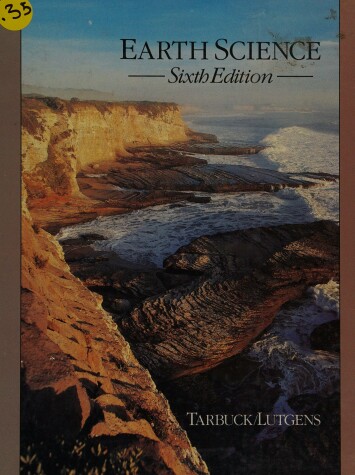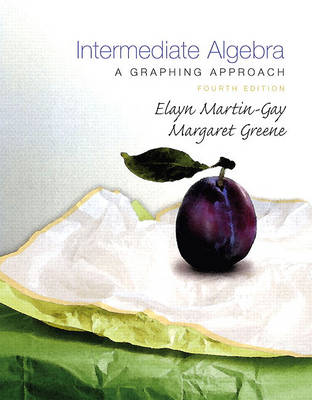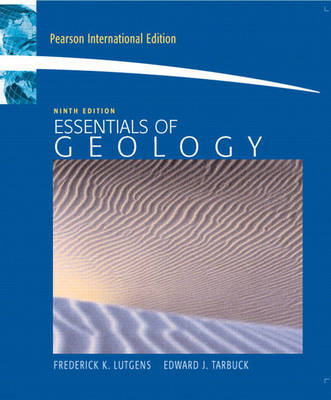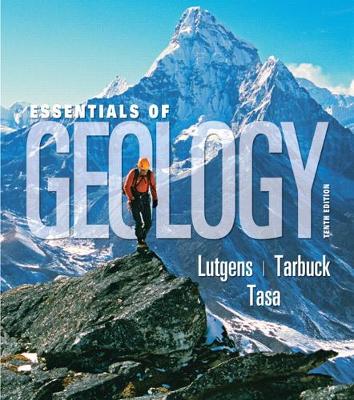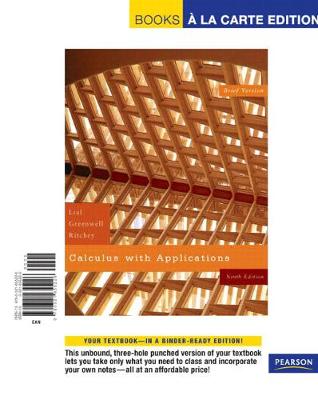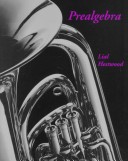Books a la Carte
18 total works
Foundations of Earth Science: Pearson New International Edition
by Frederick K Lutgens, Edward J Tarbuck, and Dennis G Tasa
For courses in Earth Science.
The brief, paperback version of the best-selling Earth Science, 9/E, this text offers a user-friendly overview of the physical environment. It retains the hallmarks professors expect from Fred Lutgens and Ed Tarbuck-a student-friendly writing style, carefully crafted art program, and coverage of the most recent...
Read moreFor courses in Earth Science.
The brief, paperback version of the best-selling Earth Science, 9/E, this text offers a user-friendly overview of the physical environment. It retains the hallmarks professors expect from Fred Lutgens and Ed Tarbuck-a student-friendly writing style, carefully crafted art program, and coverage of the most recent current events. For the first time, each copy of the text comes packaged with the GEODE II student CD-ROM. Many enhancements have been made to the instructional package.
Essentials of Geology
by Frederick K Lutgens, Edward J Tarbuck, and Dennis G Tasa
For courses in physical geology and introduction to geology
This ninth edition of Essentials of Geology offers completely updated material and an extensively revised design, yet retains the hallmarks instructors have come to expect from Lutgens and Tarbuck - a student-friendly writing style, outstanding illustrations by Dennis Tasa that...
Read moreFor courses in physical geology and introduction to geology
This ninth edition of Essentials of Geology offers completely updated material and an extensively revised design, yet retains the hallmarks instructors have come to expect from Lutgens and Tarbuck - a student-friendly writing style, outstanding illustrations by Dennis Tasa that are both geologically accurate and visually appealing, and updated coverage of the most recent geologic events.
For college-level courses of combined introductory and intermediate algebra.
Elayn Martin-Gay's success as a developmental math author and teacher starts with a strong focus on mastering the basics through well-written explanations, innovative pedagogy and a meaningful, integrated program of learning resources. The revisions provide new pedagogy and resources...
Read moreFor college-level courses of combined introductory and intermediate algebra.
Elayn Martin-Gay's success as a developmental math author and teacher starts with a strong focus on mastering the basics through well-written explanations, innovative pedagogy and a meaningful, integrated program of learning resources. The revisions provide new pedagogy and resources to build student confidence, help students develop basic skills and understand concepts, and provide the highest level of instructor and adjunct support.
Martin-Gay's series is well known and widely praised for an unparalleled ability to:
*Explain key concepts clearly with an excellent, accessible writing style.
*Build problem-solving skills with thoroughly integrated problem solving techniques and explanations.
*Relate to students through real-life applications that are interesting, relevant, and practical.
Martin-Gay believes that every student can:
*Test better: The new Chapter Test Prep Video shows Martin-Gay working step-by-step video solutions to every problem in each Chapter Test to enhance mastery of key chapter content.
*Study better: New, integrated Study Skills Reminders reinforce the skills introduced in section 1.1, "Tips for Success in Mathematics" to promote an increased focus on the development of all-important study skills.
*Learn better: The enhanced exercise sets and new pedagogy, like the Concept Checks, mean that students have the tools they need to learn successfully.
Martin-Gay believes that every student can succeed, and with each successive edition enhances her pedagogy and learning resources to provide evermore relevant and useful tools to help students and instructors achieve success.
INTERMEDIATE ALGEBRA
by Frederick Lutgens, Elayn Martin-Gay, Edward Tarbuck, and Dennis Tasa
Beginning & Intermediate Algebra, Books a la Carte Edition Plus Mylab Math -- Access Card Package
by Elayn Martin-Gay
CALCULUS WITH APPLICATNS BRIEF VER ALC TEXT
by Margaret Lial, Frederick Lutgens, Raymond Greenwell, Edward Tarbuck, Nathan Ritchey, and Dennis Tasa
Mathematics for Business
by Stanley Salzman, Gary Clendenen, and Charles Miller
Foundations of Earth Science with Mastering Geology Student Access Code Card
by Frederick K Lutgens, Edward J Tarbuck, and Dennis Tasa
Essentials of Geology with Mastering Geology Student Access Code Card
by Frederick K Lutgens, Edward J Tarbuck, and Dennis Tasa
Essentials of Geology with MasteringGeology Student Access Code Card
by Frederick K Lutgens, Edward J Tarbuck, and Dennis G Tasa
This prealgebra text helps prepare students for higher-level math courses by integrating basic algebraic concepts early and continuing to revisit those concepts throughout the text. Student comprehension is aided by the friendly composition and current, relevant applications. Student motivation is increased by immersion in genuine and realistic mathematical situations.
...Read moreThis prealgebra text helps prepare students for higher-level math courses by integrating basic algebraic concepts early and continuing to revisit those concepts throughout the text. Student comprehension is aided by the friendly composition and current, relevant applications. Student motivation is increased by immersion in genuine and realistic mathematical situations.
This prealgebra text, as a part of the Lial/Hornsby/Miller developmental worktext series, focuses on students by helping them reduce their confusion of symbols for subtraction with negative numbers. The text also clearly demonstrates why the product of two negative numbers is a positive number and explains why letters instead of numbers are used in algebra. This text helps students solve applied problems and increases their proficiency in solving fraction and percent problems.

